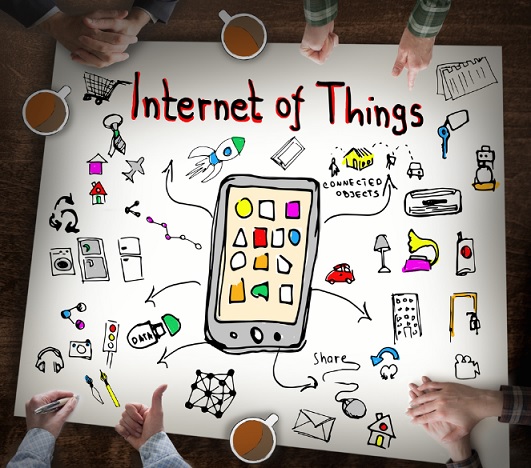
Image Credit: vesna cvorovic / Shutterstock
No billion-dollar machine could replace a doctor. But a $25 machine can tell you when you need one.
In 1996, the ER at Cook County Hospital of Chicago used an algorithm to determine when a patient with chest pain was in danger of having a heart attack and was thus worth one of its scarce hospital beds. Using a systematic, flowchart-based approach of basic tests, the algorithm proved not only to be quick and efficient, but accurate: It sorted 70 percent more patients into the low-risk category, but caught a higher percentage of heart attacks (95 percent) than human doctors (75-89 percent). And this was before any deep computing was involved.
Now consider that there are around 6.4 billion IoT devices in use this year — nearly one for every living human. If even one percent could analyze people for medical conditions, by collecting data on pulse, diet, or sleep, it would extend the reach of the world’s doctors by a factor of five.
But the real magic comes from machine learning. Beyond just applying singular algorithms in more places, data collected at this scale is already finding patterns in conditions that even human doctors couldn’t see after decades of experience. Imagine, for example, a Fitbit noticing fluctuations in your pulse that correspond strongly to a heart condition, sending you to a hospital for treatment. Machine learning means solving impossible problems with household devices.
But machine learning stopped being a question of potential when IBM’s Watson and Google’s DeepMind started outperforming humans in domains like Jeopardy and Go. Now the question is this: If a Fitbit could save your life and a Nike+ Fuel Band couldn’t, which would you buy?
The real value of “smart”
Among swarms of “smart” gadgets and gizmos, it’s no wonder the ones leading the way are doing so with machine learning. Take Nest, the quintessential smart device, for example. Nobody buys it so they can turn up the heat with their phone. They buy its energy-saving capabilities, the intelligent way it solves a problem that couldn’t be done before, automating a home’s temperature based on people’s presence and needs, not a simple timer.
Yet most manufacturers just chase convenience. Phillips HUE lights, while nifty, earn their “smart” label because you can control them with your phone. It’s not a problem that needs solving. You wouldn’t call a human smart because they can flip a light switch on their own. So why give that label to a device?
The lack of true smart features in consumer IoT is also what’s holding back adoption. Remote access door locks or a radio that turns…

